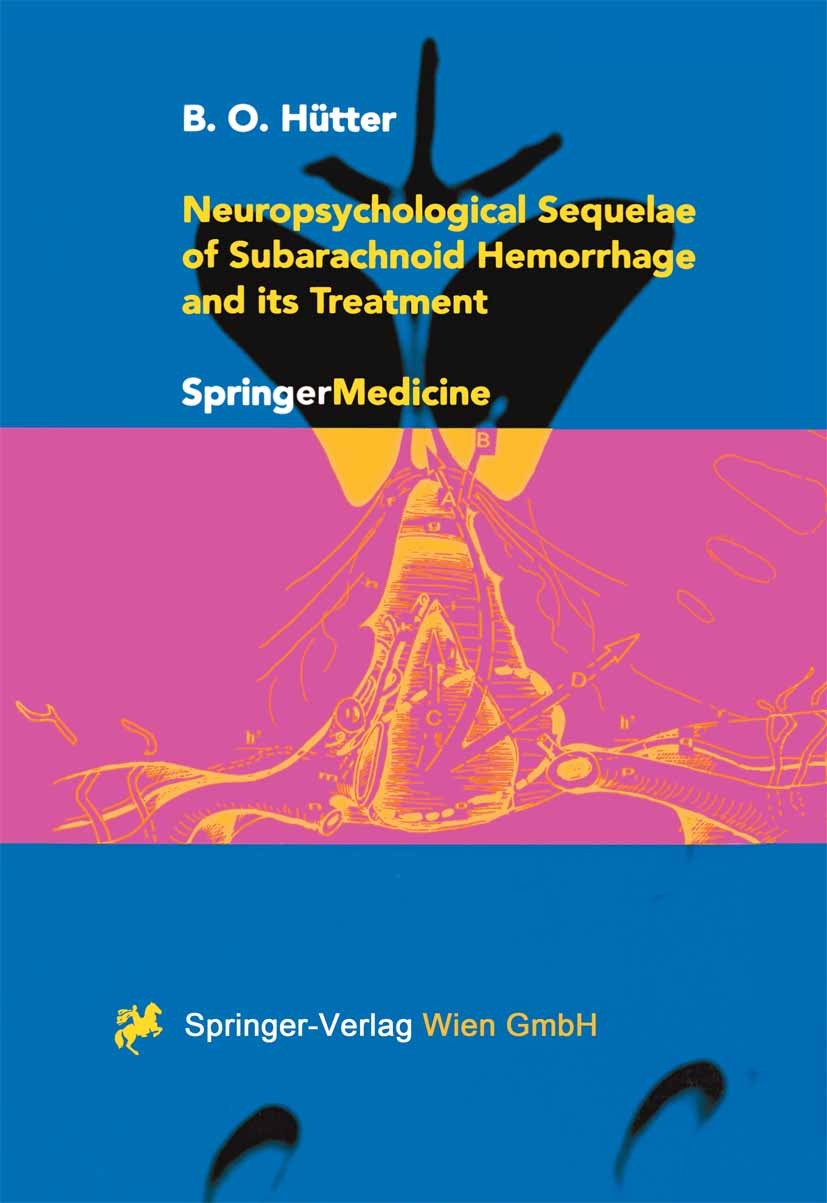| 书目名称 | Neuropsychological Sequelae of Subarachnoid Hemorrhage and its Treatment |
| 编辑 | B. O. Hütter |
| 视频video | http://file.papertrans.cn/665/664416/664416.mp4 |
| 概述 | The quality of life after SAH is becoming more and more important.Provides a broad survey of the neuropsychological consequences.The author gives special attention to psychological trauma |
| 图书封面 |  |
| 描述 | The data about different aneurysm locations given in the present work clearly demonstrate that the quality and the severity of the neuropsycho logical impairments after subarachnoid hemorrhage are in particular dependent on the anatomical location and extent of the bleeding. In addition, the sometimes inevitable temporary clipping of perforating vessels seems to play a significant role with respect to later neuropsychological disturbances. Since modern aneurysm surgery is performed in the acute phase shortly after the hemorrhage, the findings reported in the present work are, according to my opinion, of particular relevance. In the light of the present intensive discussion about the indication for microneurosurgical clipping or neuroradiological interventional coiling of intracranial aneurysms, the results given here in by B. O. Hutter can be regarded as an argument for the surgical intervention, in particular because the extravasated blood can only be cleared by surgery. Therefore, this book may be an inspiration for the neurosurgical reader for a closer collaboration with psychologically trained scientists. This is important for all intracranial processes and not only for the to |
| 出版日期 | Book 2000 |
| 关键词 | Aneurysm; Bleeding; Depression; Neuropsychology; Outcome; Rehabilitation; SAH; Syndrom; Trauma; diagnostics; i |
| 版次 | 1 |
| doi | https://doi.org/10.1007/978-3-7091-6327-6 |
| isbn_softcover | 978-3-211-83442-8 |
| isbn_ebook | 978-3-7091-6327-6 |
| copyright | Springer-Verlag Wien 2000 |
 |Archiver|手机版|小黑屋|
派博传思国际
( 京公网安备110108008328)
GMT+8, 2025-11-14 00:50
|Archiver|手机版|小黑屋|
派博传思国际
( 京公网安备110108008328)
GMT+8, 2025-11-14 00:50


